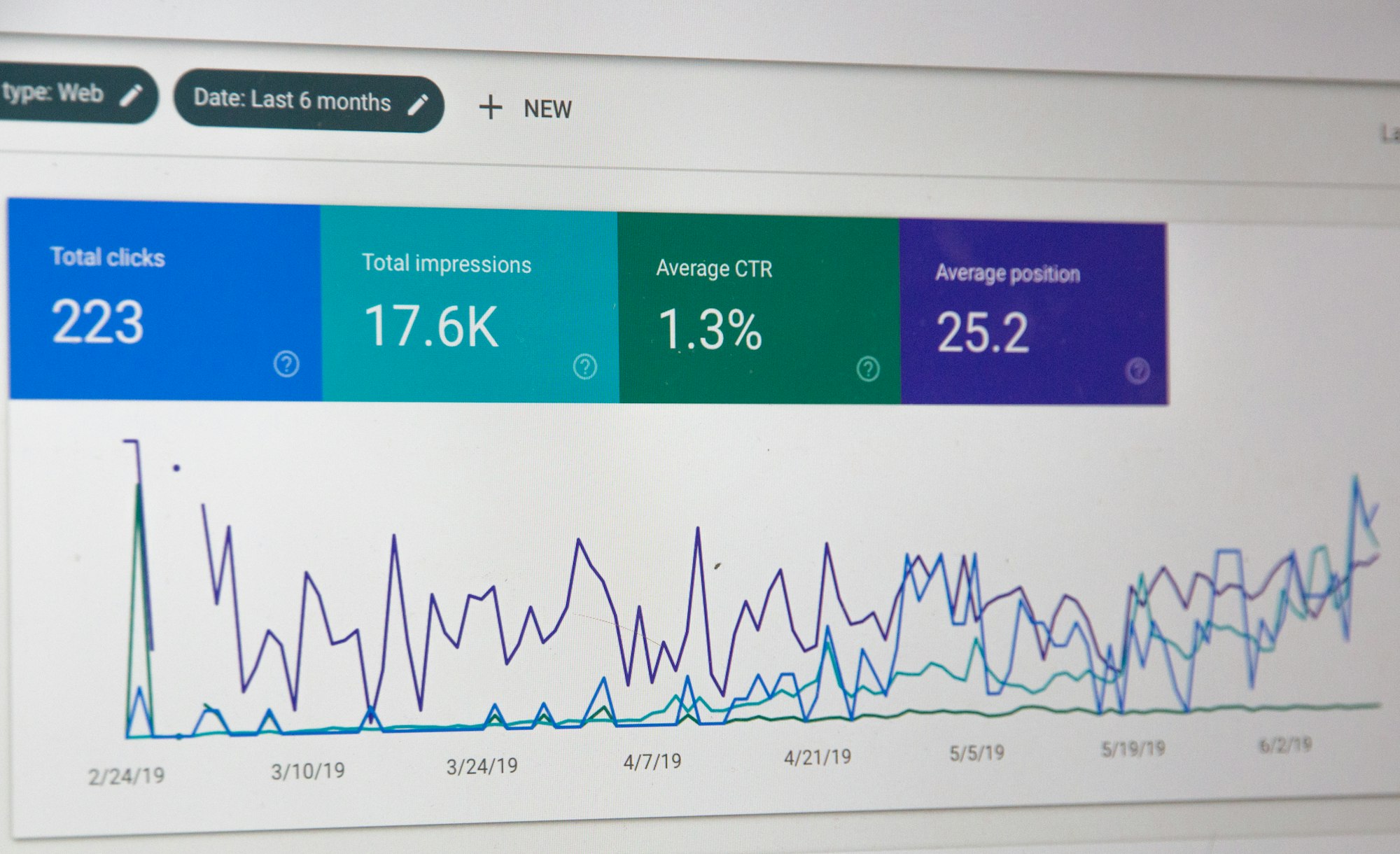How I Discovered Broken Links Were Killing Websites and SEO – And How You Can Fix Yours
Table of Content
Recently, I was reviewing several websites for some local hospitals and manufacturing companies for some clients requests. Many of these businesses had invested heavily in their online presence, showcasing well-designed layouts, detailed content, and even SEO-driven blog posts.
Yet, their search engine rankings were shockingly low.
Determined to uncover the problem, I conducted a thorough audit of seven sites. What I found surprised me: nearly all of them had dozens of broken internal links.
Clicking on these links led to frustrating 404 errors or dead-end pages.
As a web developer, I couldn’t ignore the damage these broken links were causing—not just to SEO but also to the credibility of these businesses.
That experience inspired this tutorial.
In it, I’ll share what broken links are, why they hurt your SEO, and how I fixed them for these businesses using smart redirects.
By the end of this guide, you’ll be equipped to rescue your site from broken links and regain your SEO standing.
What Are Broken Links, and How Do They Happen?
They are Dead Weight to your Website
Broken links are links that lead to non-existent pages, resulting in a “404 Page Not Found” error. They can occur for various reasons:
- Pages were deleted without setting up redirects.
- URL structures were updated, but internal links weren’t adjusted.
- External resources you linked to have moved or been removed.
For hospital and manufacturing websites, broken links often arise after website redesigns, system migrations, or even regular updates.
Why Broken Links Are Bad for SEO and User Trust
1. Frustrated Users Leave Your Site
Imagine a patient on a hospital website looking for contact information or services, only to land on a broken page. They’ll likely leave and look elsewhere—possibly to a competitor.
Imagine links that do not lead anywhere!!!!
2. Search Engines Waste Crawling Resources
Search engines assign a limited “crawling budget” to your site. If crawlers repeatedly hit broken links, they’ll waste time instead of indexing useful content.
You can guess what will happen next!
3. Loss of Link Equity
When links point to pages that don’t exist, any SEO value those links carried is lost, weakening your overall site authority.
4. Perception of Neglect
A website full of broken links looks poorly maintained, which can harm the trustworthiness of your business—especially in industries like healthcare or manufacturing, where reliability is key.
How I Fixed the Broken Links Issue
For the hospital and manufacturing websites I reviewed, the solution was simple but powerful: redirection.
By redirecting broken links to relevant, existing pages, we restored the user experience and SEO value.
Step-by-Step Guide: Fixing Broken Links with Redirects
1. Find the Broken Links
Start by identifying all the broken links on your website. Use these tools:
- Google Search Console: Check the “Coverage” section for 404 errors.
- Screaming Frog SEO Spider: This crawler scans your site for broken links.
- Ahrefs Site Audit: A paid tool that offers detailed reports.
2. Decide Where to Redirect
Each broken link should point to a page that is relevant to the original content. For instance:
- Redirect a removed service page to a similar service page.
- Redirect outdated product pages to their newer versions.
3. Set Up Redirects
Depending on your server or CMS, you can implement redirects using these methods:
For Apache Servers:
- Open the
.htaccessfile.
Add this line for a permanent 301 redirect:
Redirect 301 /old-page.html https://yourdomain.com/new-page.html
For Nginx Servers:
- Edit the
nginx.conffile.
Add:
rewrite ^/old-page.html$ https://yourdomain.com/new-page.html permanent;
For WordPress Sites:
- Install the Redirection plugin.
- Navigate to “Tools > Redirection” and set up your old and new URLs.
4. Monitor and Test Redirects
After setting up redirects, test them using your browser or tools like Redirect Checker. Ensure there are no redirect loops or chains.
Why Fixing Broken Links Is Worth It
After fixing broken links and implementing redirects, the hospital and manufacturing sites I worked on saw measurable improvements:
- Bounce rates dropped by 40% as users stayed longer on the site.
- Organic traffic increased by 25% within three months.
- Several pages moved up in search engine rankings, increasing visibility.
Proactive Maintenance: Keep Your Site Healthy
Broken links will inevitably resurface as your site evolves. To avoid future issues:
- Conduct regular link audits using tools like Screaming Frog or SEMRush.
- Automate broken link notifications with tools like Google Analytics.
- Schedule a quarterly review for content updates and link validation.

Final Thoughts: Save Your SEO with Smart Redirects
Broken links might seem like a small issue, but their impact on SEO and user trust is enormous. By addressing them through proper redirects, you can save your site’s SEO, improve user experience, and strengthen your reputation.
If you’re managing a hospital, manufacturing, or any other website, take the time to audit your links. You’ll be surprised how much of a difference it makes—not just in search rankings but also in building trust with your audience.
Your Turn!
Have you checked for broken links on your site? Start today and share your results in the comments. Let’s fix the web together!












